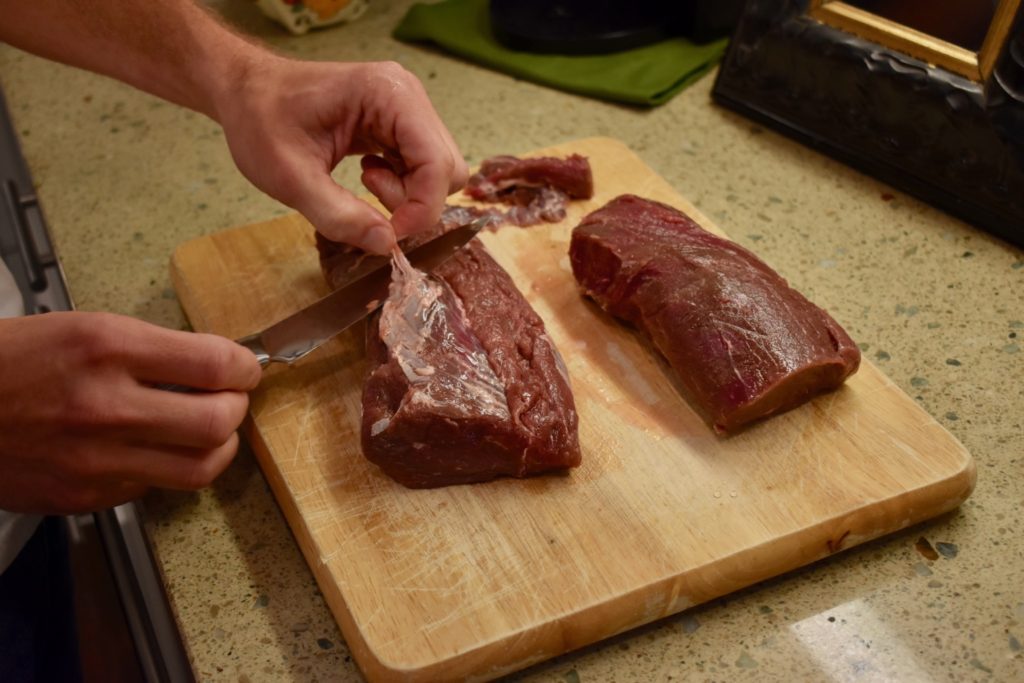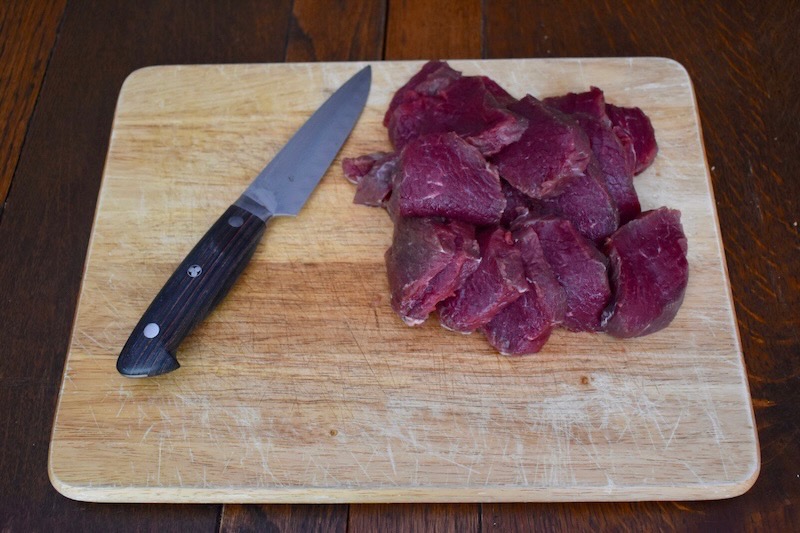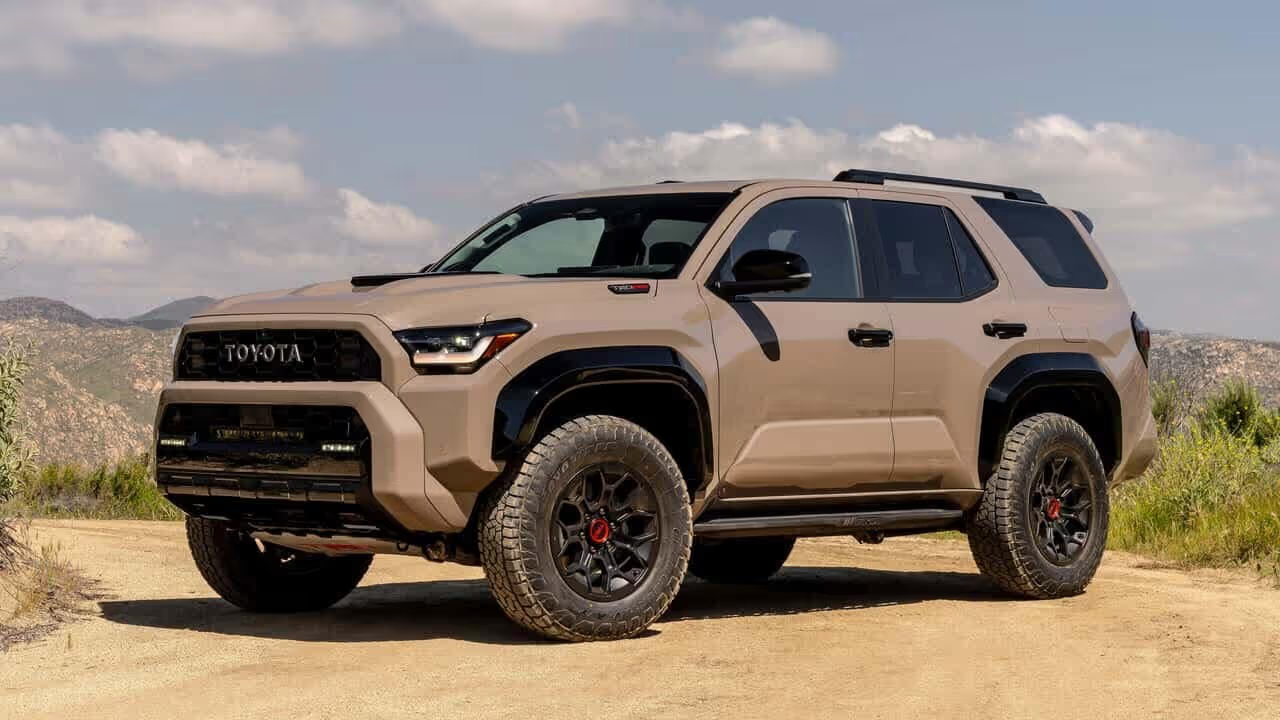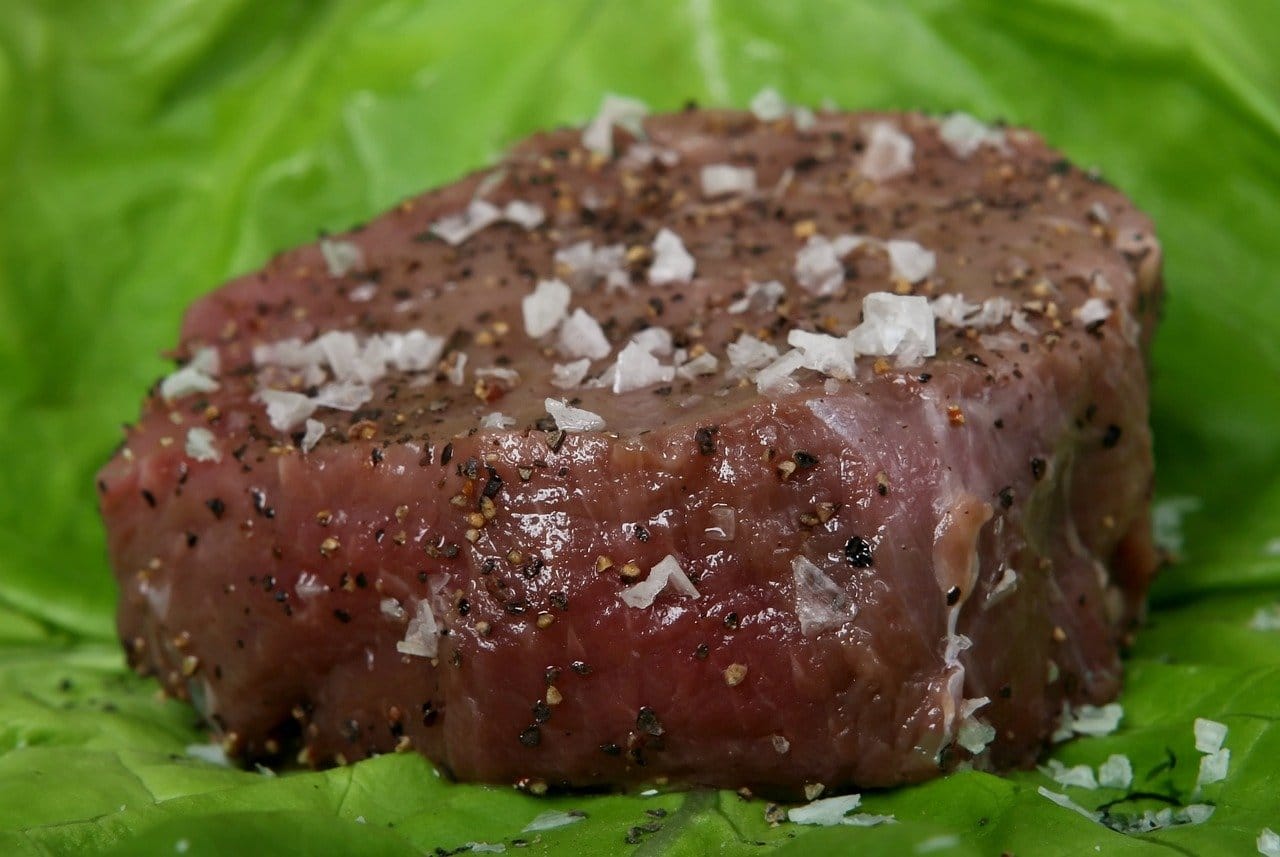Are you a meat lover looking to take your passion to the next level? Then learning how to process your own meat and wild game is a skill you won't want to miss. Not only does it save money, but it also allows you to have control over the quality of your meat.
Whether you are a hunter or just want to learn the art of butchering, this guide on butchering basics will provide you with all the necessary information and tools you need to get started. From selecting the right tools and equipment to learning the different cuts of meat and how to store them, we've got you covered.

Introduction to Butchering Basics
Wild game meat is a delicious and nutritious source of protein that can be enjoyed by hunters and food enthusiasts alike. However, butchering wild game meat can be a challenging task for those who do not have the necessary skills and knowledge. Fortunately, with practice and patience, anyone can learn how to properly handle, prepare, and store wild game meat. The key to successfully butchering your game is to have a good understanding of the basics.
This includes knowledge on how to identify the different cuts of meat, how to safely handle the meat to avoid contamination, and how to properly store it to prevent spoilage. By following these guidelines, you can ensure that your wild game meat is safe to consume and retains its delicious flavor. Don't be intimidated by the thought of butchering wild game meat. With some practice and patience, you too can become a skilled wild game chef.
Similarly, processing your wild game meat can be a daunting task. However, investing in the right tools is crucial to make the process much easier and enjoyable. The proper equipment, such as a sharp knife, cleaver, and boning knife, will significantly aid in breaking down the meat. Freezer paper will also come in handy for wrapping and storing the meat securely. So, whether you are a seasoned hunter or a novice, investing in quality equipment is fundamental to making processing your own meat game a breeze.
Looking for new wild game recipes? Get our downloadable with 10+ recipes today.
Selecting and Preparing Wild Game Meat
For hunters, the thrill of the hunt is just the beginning. After taking down their animal, the real work begins when it's time to prepare and cook the wild game meat. Cooking with wild game meat has become increasingly popular in recent years, thanks to its unique flavor and lean protein content. With the right knowledge and attention to detail, hunters can take pride in creating delicious and healthy meals using the bounty of nature.
It all starts in the field! You *must* remove scent glands before field dressing. You also need to remove all fat and sinew when butchering. Sinew isn’t as important to remove as the fat, but it’s a tough tissue that can cause the meat to be tougher than usual.
Thus, it is evident that preparing wild game meat requires careful attention to detail. Beyond just cooking it, factors such as marination and seasoning ought to be taken into account to ensure the best possible taste. Furthermore, it is recommended to experiment with different techniques like grilling or smoking, both for the taste and texture of the meat. By taking these extra steps in preparation, you can truly appreciate the uniqueness of wild game meat, and derive maximum enjoyment from this delicious food source.
Tools for Processing Wild Game Meat
Wild game meat is a popular and often sought-after delicacy for many food enthusiasts. However, processing this type of meat can be a challenging task, especially if you don't have the right tools on hand. Fortunately, with the right equipment, processing wild game meat can become an easier and more manageable process. Some essential tools that can come in handy include a sharp knife, cutting board, meat grinder, vacuum sealer, and a smoker or grill. Each of these tools is specially designed to help make the processing of wild game meat more manageable, efficient, and safe. With proper handling and processing techniques, wild game meat can be transformed into mouth-watering dishes that can rival even the most exquisite culinary creations.

Again, processing wild game meat requires the right tools to ensure success in the kitchen. A sharp set of knives with flexible blades and a suitable cutting board are vital for efficient meat preparation. Heavy-duty aluminum foil is also essential for cooking and storing meat. By investing in these items, you can process game meat with confidence, knowing that you have the necessary equipment to do so. Not only will this improve the taste of your meat, but it can also save you money in the long run.
So, if you're planning on processing your wild game meat, make sure that you have all the essential tools to make the experience as smooth and enjoyable as possible.
Looking for new wild game recipes? Get our downloadable with 10+ recipes today.
Separating the Parts of the Animal
When it comes to wild game meat, proper handling and preparation are essential. As wild game animals tend to be leaner and tougher than farmed meat, it's important to cook each cut differently to achieve optimal tenderness and flavor.
Additionally, wild game meat requires some extra care and attention when preparing it for cooking. As mentioned earlier, the first step in processing the animal is to locate the natural seams and joints. This will allow for easier separation of the meat into more manageable pieces. However, it is also important to keep in mind that wild game meat may require more trimming and cleaning than typical store-bought meats. With a bit of patience and proper technique, preparing and cooking wild game can result in a delicious culinary experience.
Aging, Cutting, and Packaging the Meat
When it comes to wild game meat, aging the meat is a critical process to achieve maximum flavor. The process of aging involves hanging the meat in a cool and dry environment for several days or even weeks. It allows natural enzymes to break down connective tissues, making the meat more tender and flavorful. This is especially important for wild game, as the meat tends to be leaner and tougher than domestic meats. The flavor profile of the meat improves as well, becoming more complex and rich with time.
Proper aging also allows any residual blood to drain out of the meat. While some may shy away from wild game meat, properly aged cuts can be a true delicacy. Aging the meat is not simply a technique but also an art that requires patience and careful attention to detail. Therefore, hunters and enthusiasts of wild game meat must take time to understand how to age meat properly, ensuring they get the most out of their catch.
The quality of the finished product can only be as good as the care taken during these final stages. Utilizing the right cuts and trimming away unwanted fat or gristle can truly elevate the taste and texture of the meat. Taking shortcuts or being careless with these steps will result in a less appetizing meal. Whether sourcing the meat from a local hunter or going on a hunt yourself, ensuring the proper handling of the meat from start to finish is essential for a safe and enjoyable dining experience.
Safety Tips and Resources
If you are a fan of eating wild game meat, you must be aware of the potential risks that come with it. Whether you are hunting for food or buying it, it is crucial to practice safe handling and cooking techniques to minimize the risk of foodborne illness or injury. Consuming wild game meat can expose you to various pathogens that may cause food poisoning. Therefore, it is essential to cook your meat thoroughly and avoid cross-contamination with other foods. It is also advisable to inspect the meat carefully before purchasing it and keeping it refrigerated at all times. By taking these precautions, you can continue to enjoy the delicious taste of wild game meat while keeping yourself and your loved ones safe from any possible harm.




One thought on “Butchering Basics: How to Process Your Own Meat and Wild Game”